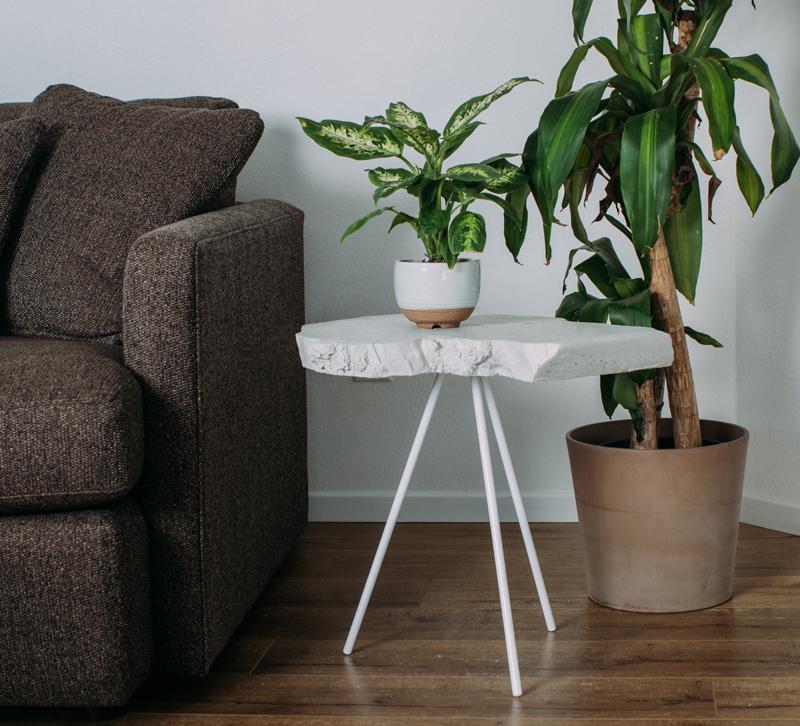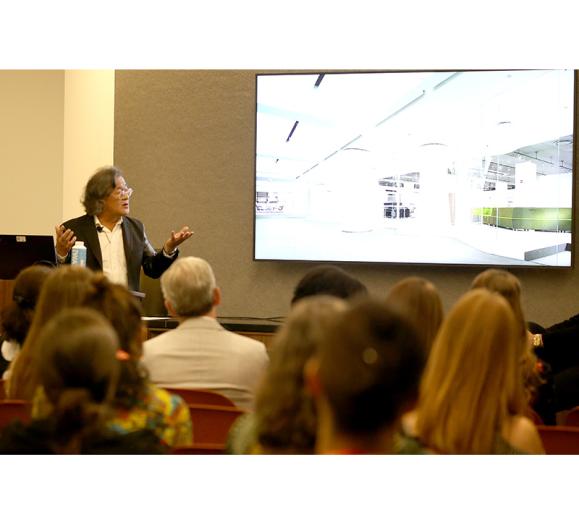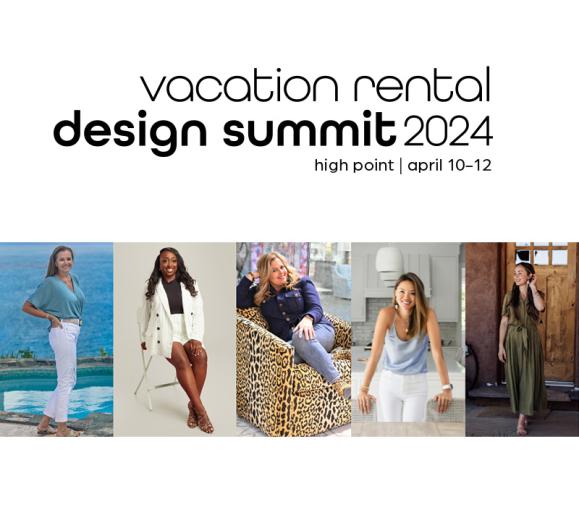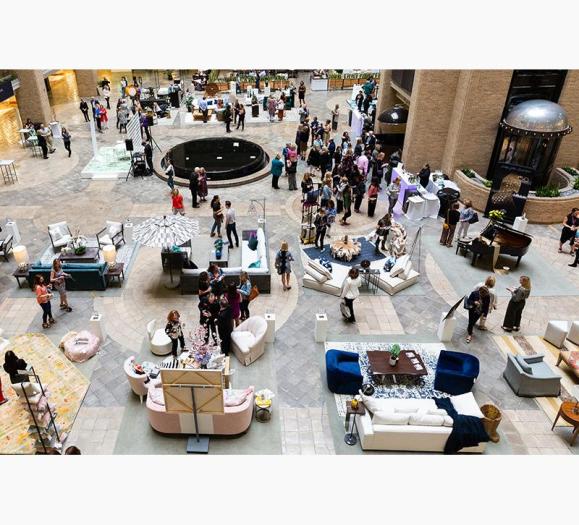For Patrick Cain of L.A.-based Patrick Cain Designs (PCD), prioritizing sustainability in his work has always been a no-brainer. His design studio creates environmentally-friendly furniture through using up-cycled wood and locally-sourced materials. We chatted with him about Vaughn, a table that appears to be a live edge wood slice but is made entirely of concrete. Read on for more details on his design style, the process of creating Vaughn and how product manufacturers can put sustainability first.
Could you describe a bit about your background and the company’s commitment to sustainability?
My background is, well, odd. I started initially as a nuclear materials engineer at the nation's top laboratory doing what I can say was an environmentally-friendly project. That lead to wanting to be a science journalist, but writing about everything except science sadly. So, by the time I started making furniture, there was a track record in my life for wanting to protect the planet. There was also a track record for simply wanting to be pragmatic, and one of the main drivers behind PCD's environmentally minded design is just using common sense: don't make things that end up in landfills and make things from stuff that otherwise would be in landfills. If you can do one, or both of those things, you're winning. We like winning.
What inspires your design style?
My design style is driven by fashion trends – for example the heavy influence of champagnes in this year's upholstered items to be unveiled at ICFF – and also using furniture as a gateway to simpler living. I truly believe that the chemistry mantra that “space fills the vacuum” is true in so many nonliteral senses, design included. If you give a person 100 ways to hide junk and create clutter, they will, inevitably, need 102 ways to successfully do so. I like to think that when someone buys a PCD product they're making a commitment to themselves and their partners to be clean, to take care of the space and make better spending decisions so that they don't end up with five remotes and three stacks of old mail lying around.
Tell us about Vaughn – what makes it unique in terms of the manufacturing process and the final product?
Vaughn is an exciting project because it's the cumulation of my years studying materials and hard work learning how to manipulate them from both a chemical and physical sense. It's also a fun design because it can embody all the mediums I work with at once, and I love to mix mediums. The Vaughn started out with a long hunt to find the right piece of wood – one that once you can't see the wood grain and don't have the color and warm from the species itself, still screams “live edge tree slice” to the viewer. So after we found the right piece we started tinkering with polymers until we found the right blend that gave us all the properties we sought out. After that came the manufacturing of each piece which took awhile to get right because the goal was to get as much recycled styrofoam in the concrete while still having the strength of concrete.
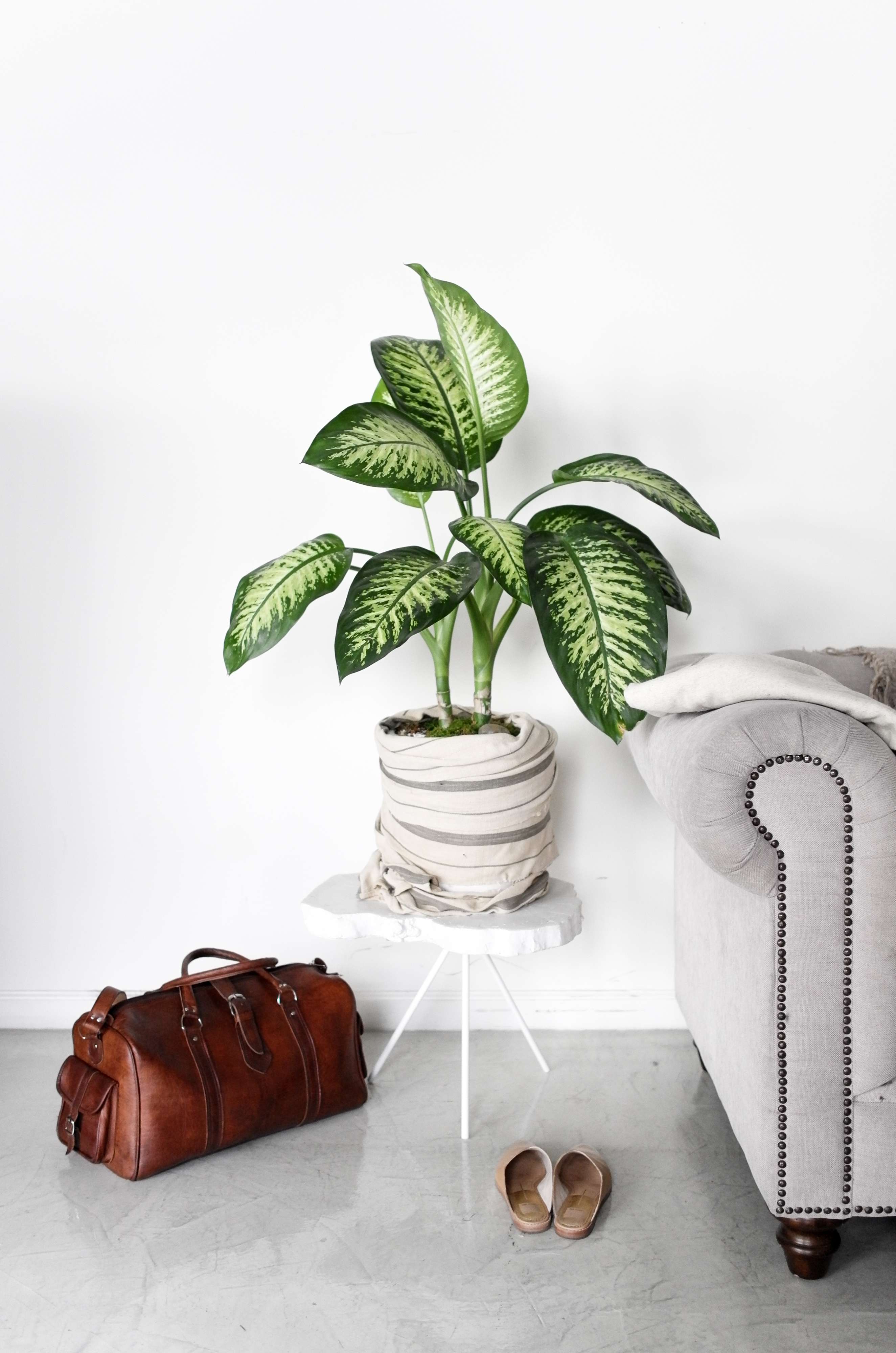
Did you encounter any challenges during the process of creating Vaughn?
Making Vaughn wasn't easy by any means. Just finding the right piece of wood was tough, then having to figure out the right way to mold it, the right polymer blends to use to make the mold work and be durable and then, of course as with any concrete piece, making it strong, but not super heavy.
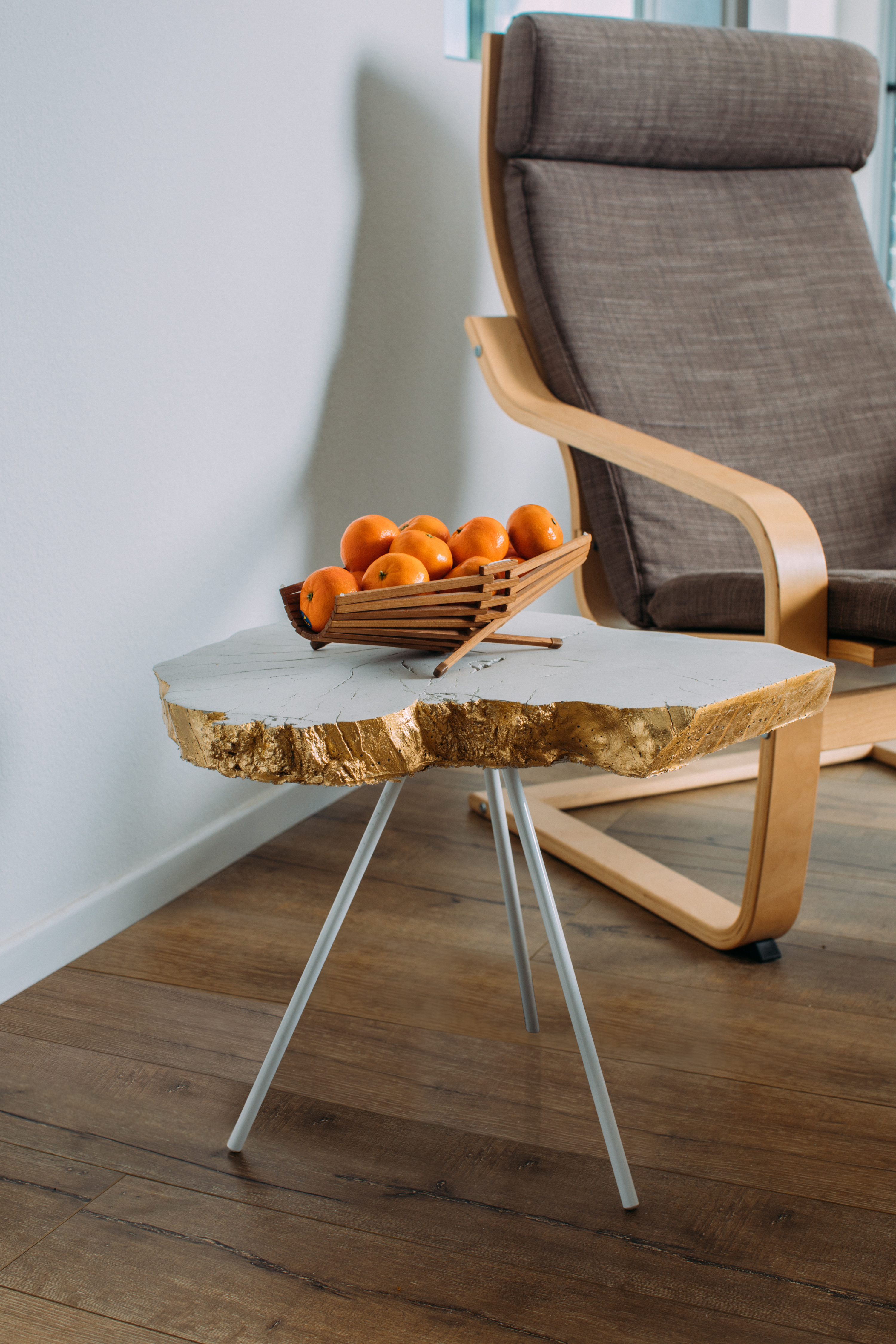
Do you have any tips for home furnishings manufacturers looking to be more environmentally-friendly?
I think for anyone trying to make things more green, it's like with so much in life these days, it needs to be authentic. If you don't live, eat and breath the importance of reducing every bit of waste you can, then you can't design like so. So my tip would be get your own personal day-to-day life in perspective first. I mean, how can you truly think about being a less wasteful designer if you're, for example, throwing out plastic water bottles and styrofoam containers every day at lunch? Start small and let the lessons you learn on your day-to-day guide you in design.



